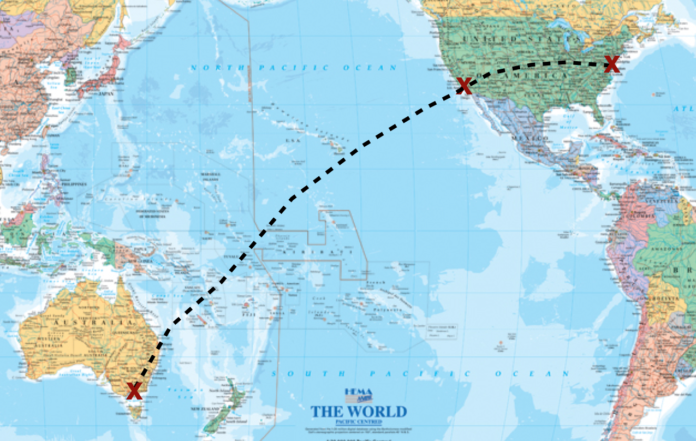Traveling to the other side of the world to Australia is a surreal experience, 24 hours of air travel to land in a beautiful place full of completely different flora and fauna, let alone tremendously entertaining accents.

I recently had the opportunity to go to the Melbourne area of ‘Straya, as it’s often locally called (try saying this with an Australian accent), and attend Dr. Robert Bowker’s master class at the Equine College of Podiotherapy. The College is located at a fantastic facility, Mayfield, in Yarck, Victoria, and is a nationally accredited educational program run by “The Barefoot Blacksmith”, Andrew Bowe.
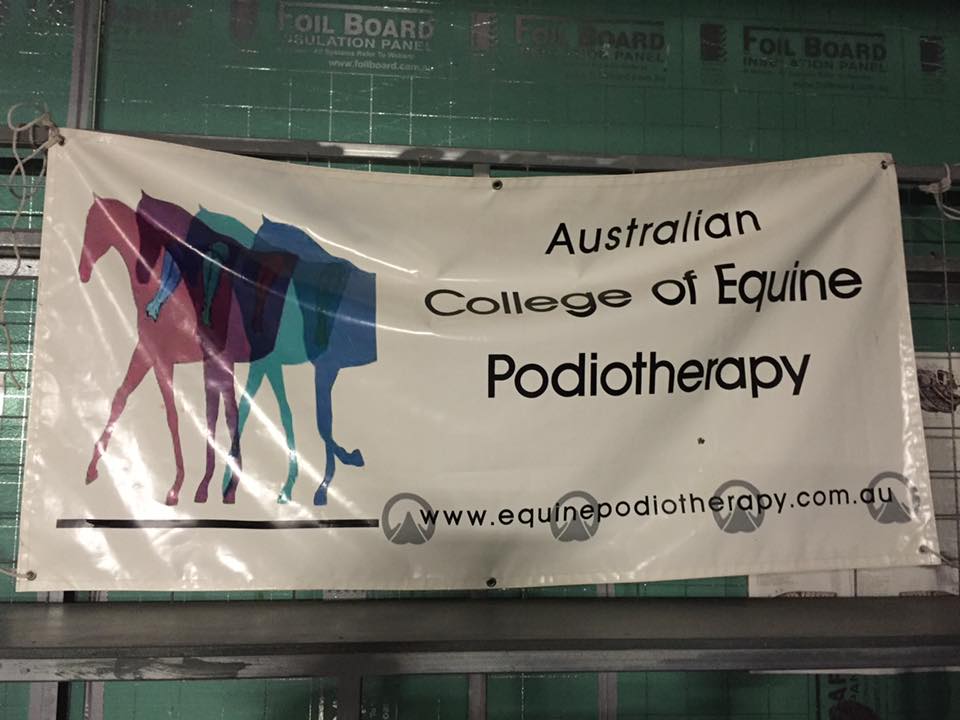
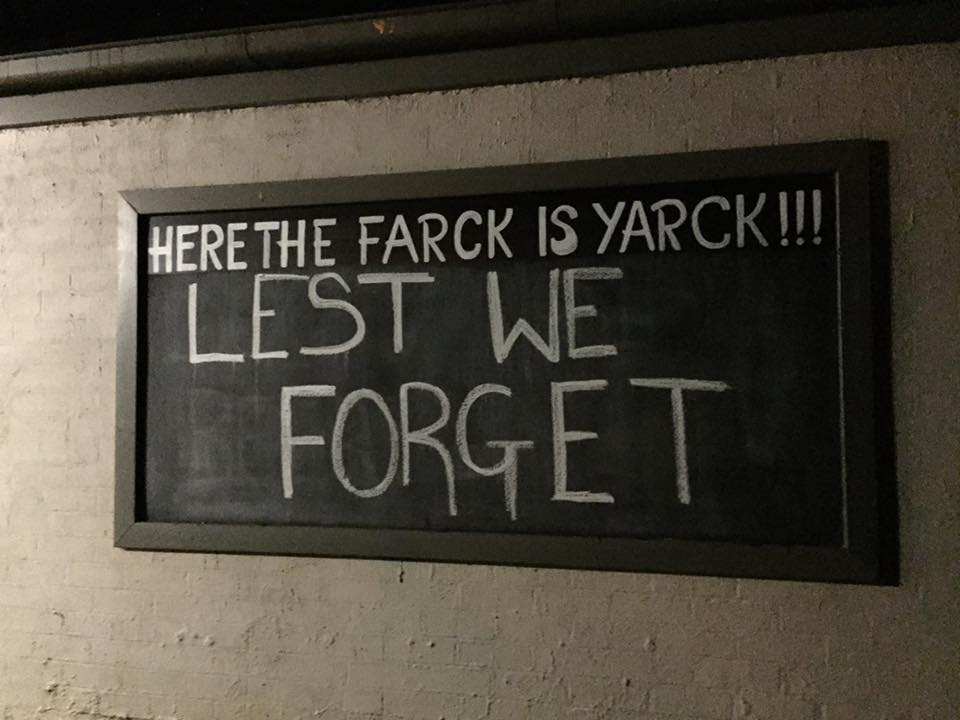
The master class is an advanced hoof course offered to students at the school. And while Dr. Bowker is from the USA, nothing like this 3-day master class with him is currently offered here in the US. It was an incredible opportunity to attend this class as it is not usually open to those not enrolled in the school. I was traveling to Australia to teach a Daisy Haven Farm Hoof Distortion and Glue/Composite Shoe Workshop and was invited to guest lecture on glue and composite shoe work at the Masterclass. Of course, I extended my trip to attend the entire program.
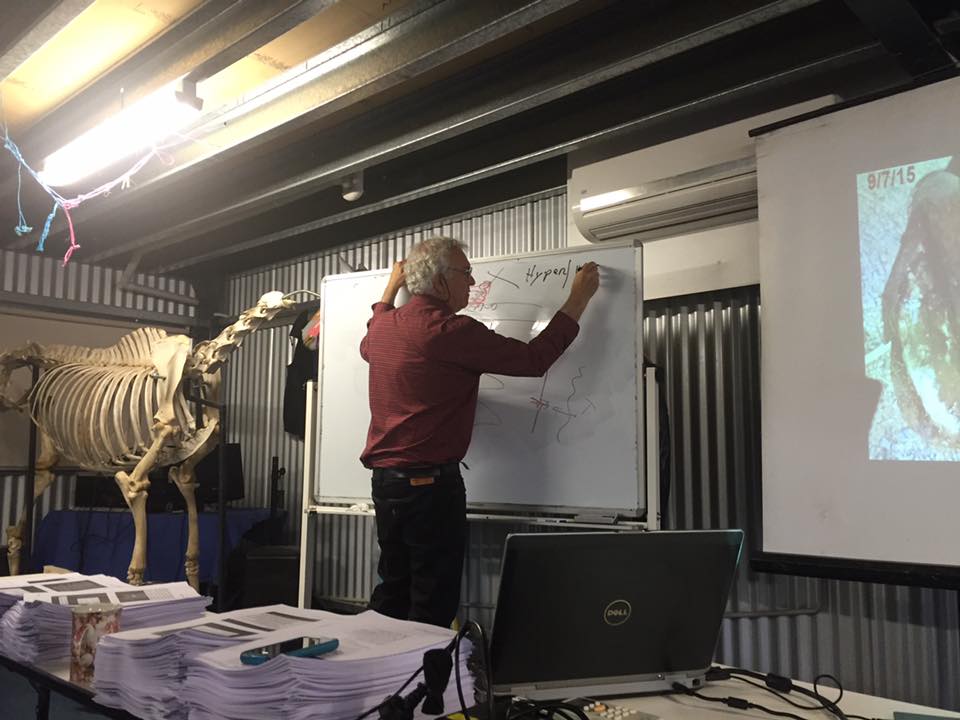
Sitting and listening to Dr. Bowker at such a concentrated level helped me further understand the theories and anatomy he has been sharing with us for years. Dr. Bowker has always been a great influence in my approach to my work with the horse’s foot and this master class just reinforced and enhanced my understanding of the function of the foot. Here are a few key thoughts that stood out to me from the course:
1. Most of the blood flow to the foot is going to the back part of the foot.
It is commonly thought that the digital cushion does not have significant blood supply as the large vessels of the foot lead to the front of the foot, and the sensitive frog and digital cushion are pale in a dead foot. However the digital cushion is made up of mixoid tissue which has bazillions of micro vessels: like watering your garden, using a fire hose would eliminate top soil, however if you use the fire hose to feed many small sprinklers it will work to water the garden without damage. So the digital cushion actually has immense blood supply.
This previous blog highlights some of Dr. Bowker’s research on the circulation of the back of the horse’s foot: How to Develop a Healthy Foot: Circulation Is It!.
2. Navicular syndrome is a whole foot problem, as opposed to being contained to just the back half of the foot.
In comparison to a healthy foot, a horse with navicular syndrome will have:
- Lateral cartilages with greater size micro vessels indicating chronic inflammation.
- Digital cushion with less fibrocartilage and mass, the fibrocartilage is a key component in energy dissipation.
- Impar ligament and deep digital flexor tendon lesions associated with “navicular disease”.
- Coffin Bone will have 1/3 less bone than all other horses age 2-31 when navicular syndrome is present, i.e. osteoporotic.
- Primary Epidermal Laminae are closer together indicating increased stress.
The newest information Dr. Bowker presented at the class was on fascia. Dr. Bowker has been doing dissections from the carpus down the distal limb examining the fascial sheets. So far no two horses are the same.
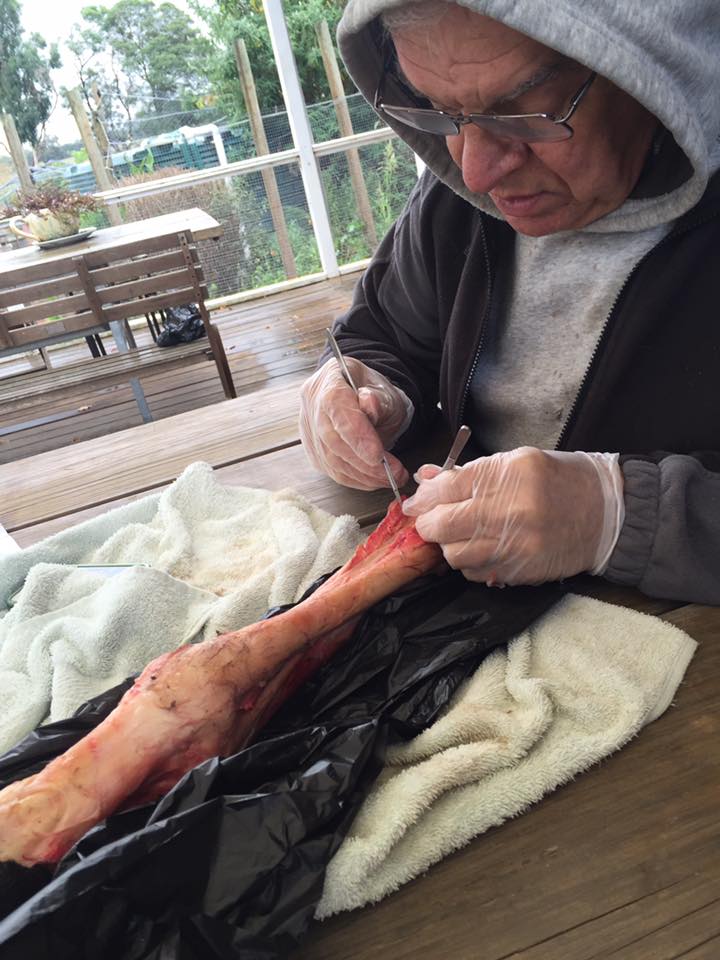
He has been able to draw preliminary conclusions from the dissections that indicate horses are not born with developed fascial bands. They develop over time in response to how the foot interacts with the ground and manages vibration.
Key points:
- Fascia is an integrated binding fabric between and around muscles, bones, tendons and ligaments.
- These structures “float” or are meshed within fascial layers and bands and develop and change over time.
- Many structures are connected through fascia where no other apparent connection exists. For example, the common digital extensor tendon connects all the way to the frog through fascia.
- Dr. Bowker has observed that managing vibrations, especially at high frequencies has a negative impact on the fascia.
This is just the tip of the iceberg of valuable information presented. My book of handouts is 3″ thick and my notes are pages and pages long.
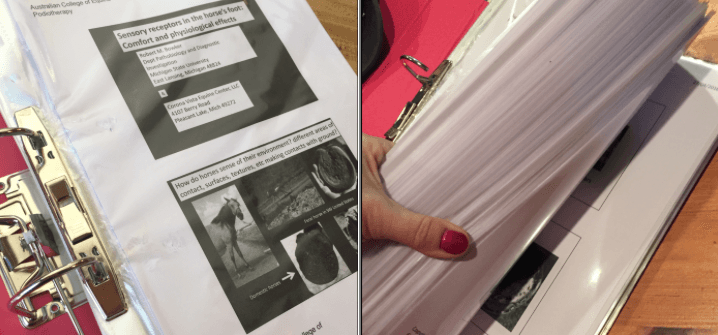
My favorite quote of the whole course:
“The unanswered questions aren’t nearly as dangerous as the unquestioned answers.” Dr. Bob Bowker.
Huge thanks to Sarah Kuyken of Innovative Hoofcare Australia for hosting me in Melbourne and Andrew Bowe of the Australian College of Podiotherapy for allowing me to present some of my work with composite shoes and attend the master class.
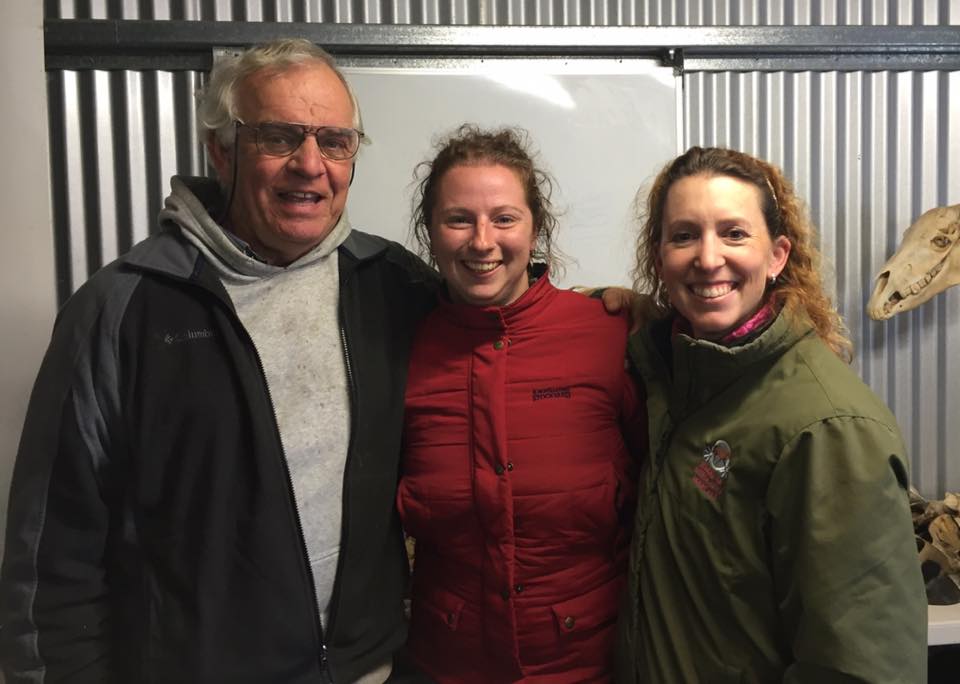
For more information: www.DaisyHavenFarm.com and www.IntegrativeHoofSchool.com.


